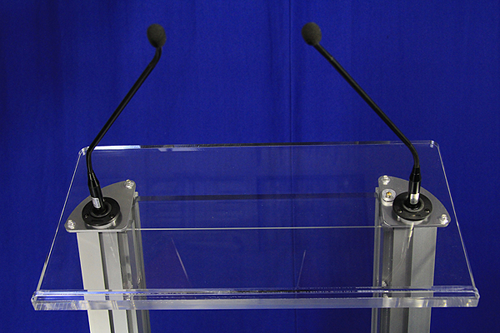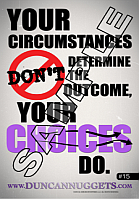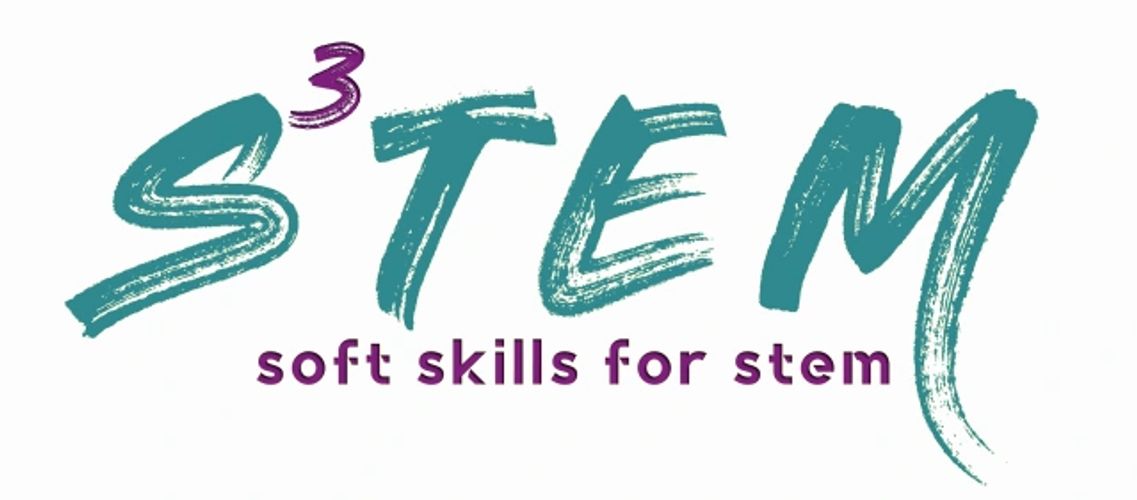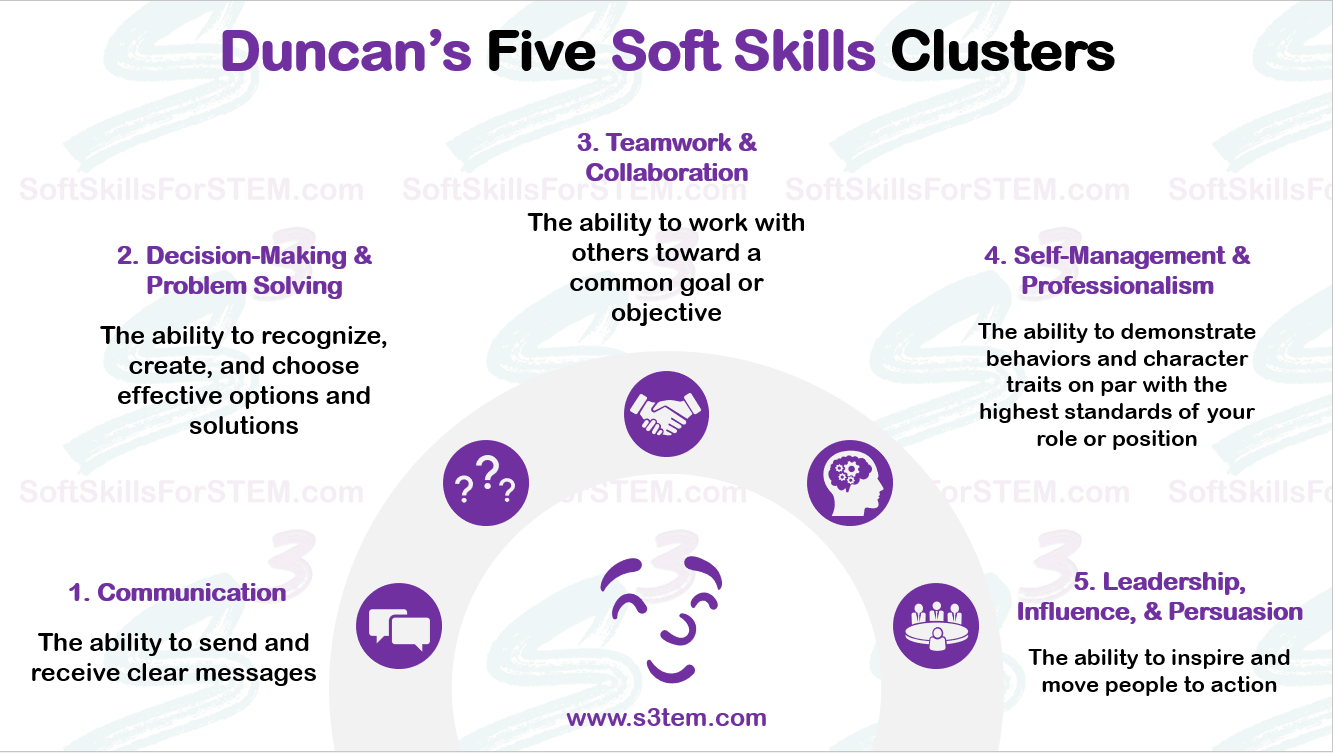Q & A: Public Speaking Tips Pt. 2
continued from part 1
Be Brief
Recently, I was the keynote speaker at a welcome back dinner for the African-American Cultural Center at the University of Connecticut.
I was supposed to deliver a 90 minute talk, but the students were so engaged and had me so fired up that before we realized it, an hour and 45 minutes had gone by!
You might be thinking, “Al, an hour and 45 minutes is not brief. That’s a long time.”
Actually, it depends on the context. That’s the interesting thing about time; two hours can seem like ten minutes or ten minutes can seem like two hours.
Have you ever been stuck listening to a lack-luster speaker? Have you ever been trapped in a mind-numbing lecture or boring conversation? Ten minutes of this torture is excruciatingly painful, right? The point is:
Brevity is a matter of perception.
As far as the students were concerned, I was brief because they were enjoying themselves and time flew by. No one realized how long it had been until it was over.
If you’re good, there comes a time when the audience has had enough, but they still want more. That’s when a master elocutionist takes a seat. You’ve given them enough to respect and remember you; you’ve been considerate enough for them to appreciate and admire you.
If you’re not sure whether or not time is flying by, then it’s probably better to finish early.
Keep in mind that it’s best to apply the Be Brief Philosophy in moderation. If you’re supposed to speak for 30 minutes and you sit down after 5 minutes, that’s not brevity, that’s robbery. (Unless you were boring, then that’s called mercy.)
Closing the show in a magnificent manner is an invaluable skill for any speaker. You have to know when to…
Be Done
I have seen many speakers have the audience wrapped around their little finger only to let things unravel minutes later because they didn’t know how or when to finish.
The close is the most important part of any type of speech. It has to be clear, concise and memorable. It could be a powerful quote or profound thought; a poignant story or a persuasive call to action.
The only thing that should follow your close is silence (from a jury) or applause (from an audience).
There are peak moments in every speech and you should close on one of them. Have you ever been in a conversation and suddenly realized that it was time for it to end but you weren’t sure how to get out of it?
Once I was delivering a keynote address to 4000 people. After about an hour, I told a thought-provoking, touching story about my father and forgiveness. It would’ve have been a great place close but I just kept yapping away. Eventually I lost them. Although, I was able to rally and end on a good note, I could have ended on a great note.
START AT THE END
“Begin with the end in mind.” That is priceless advice on success from Stephen Covey, author of The 7 Habits of Highly Effective People.
I apply that wisdom to my talks and training programs. After I finish brainstorming ideas for a seminar or keynote, the first thing I do is come up with my close—a story, quote, thought-provoking question, or call to action.
I make an outline, but I don’t write out word for word what I’m going to say. (It’s perfectly fine to write out your speech. It’s just not my style.) So, when I’m up in front of the room 95% of what’s delivered is extemporaneous.
My opening and closing, however, are well-thought out and rehearsed. If there’s a Q&A session, I conduct it before my close because when my close comes out of my mouth, I’m done. Period.
As I stated earlier, covering this topic could take an entire semester, but adhering to the principles and techniques you just learned will greatly enhance your public speaking skills.
Be good, be brief, and be done!
Suggested:
Public Speaking Tips 3: An Over-Looked Secret for an Awesome Opening
[VIDEO] How to Start Your Talk or Speech
Q& A: Get a Degree in Motivational Speaking?
How to Develop Self-Confidence and Influence People By Public Speaking
Dale Carnegie
______________________
Got a question? Use this form to ask Al.
- Categories: — Public SpeakingArticlesCharacter DevelopmentCommunication SkillsPersonal DevelopmentProfessionalQ&ASoft SkillsTeenYoung Adult







